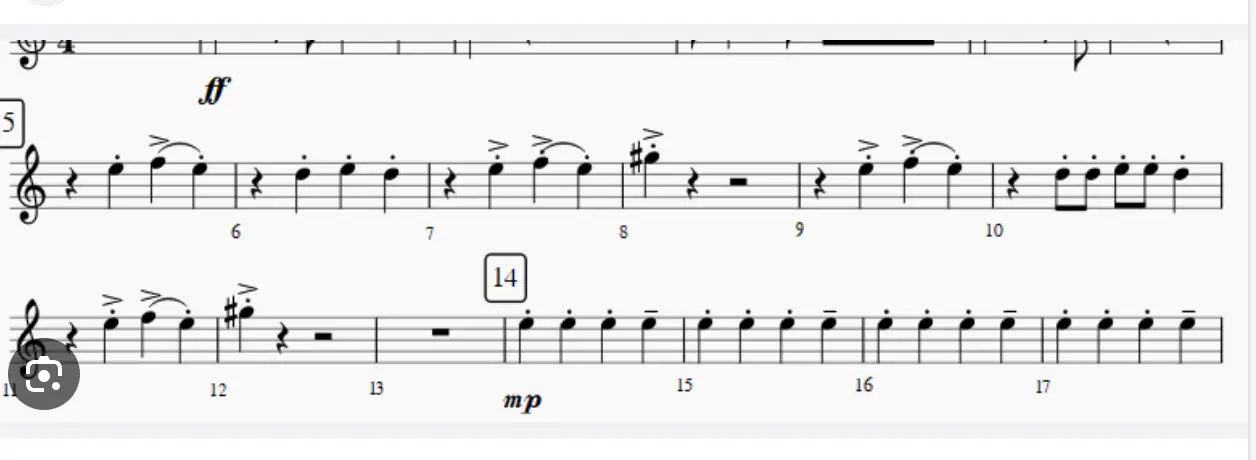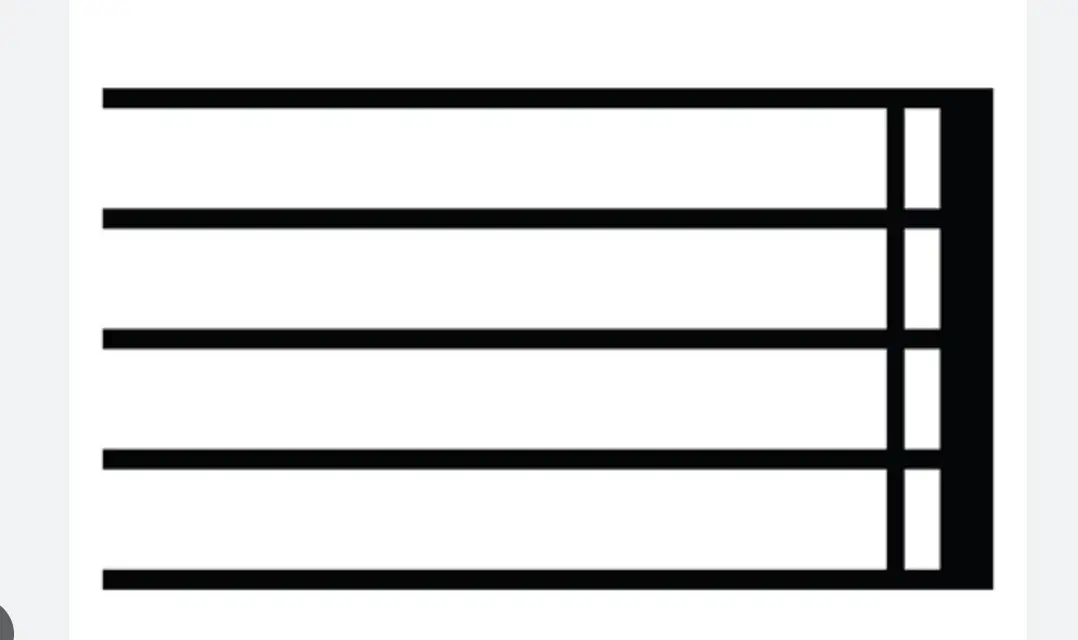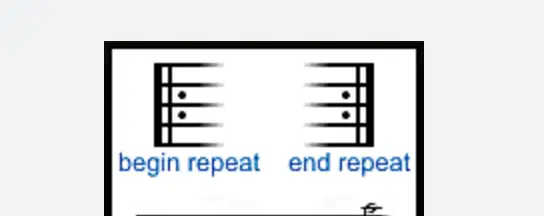Have you ever heard a musician ask how many bars before the next musical movement? That musician isn't talking about a fun hang-out space for you and your friends, they're most likely talking about bar lines. Bars are handy tools that help us perform and read music effectively.
Want to get in on the scoop? Below, we'll decode everything you need to know about bar lines in music so that you can properly perform and communicate with your fellow musicians. Let's get into it!
Understanding the Bar in Music Theory
A bar is a section in music distinguished by bar lines. It is also called a " measure ", and the length of each bar is determined by the time signature and tempo of a particular piece of music. The number of beats per bar remains the same.
Bars can be used to identify patterns in music, for instance, musical sections usually move in increments of four bars. It's common to see patterns of 4, 8, and even 16-bar sections in music. Performers are often asked to play from a particular bar during rehearsal or while improvising. Bars get their names from the bar lines that separate one measure to the next.
How to Read Bar Lines
There are several types of bar lines as explained below, but in most written music, you'll come across predominately single bar lines that separate one measure to the next. Bar lines should be read in proper sheet music form from left to right, according to the tempo and cadence set by your conductor or metronome.
In some cases, you sheet music may have a boxed or unboxed number above some bars in the sheet music like so:

These are called "bar numbers" and are used so that you can quickly communicate with other music performers. For instance, you conductor might ask you to work on a section between bars 5 and 10. You can use these bar numbers to quickly locate the tasked section.
Why Is Understanding Bar Lines Important?
Even if you don't plan on reading sheet music, understanding the concept of bar lines and how many beats fall into each measure of your composition is key to your success as a performer. When you're playing with other musicians, it's not uncommon to hear measures referred to as "bars"-- especially as it pertains to preparing for an upcoming section.
If you're ever improvising with a band, you'll be counting bars to keep your solo sections for the right length. For instance, you might be told you have "four bars to play a solo", which means you essentially have four measures to play some lines before moving along to the next section.
Understanding bar structure can also help you identify patterns while writing music. For instance, in popular Western music, it's fairly common to have 8 bars of verse followed by 4 bars of chorus. In most popular music, you can expect each bar to have four beats, with each beat marked by a quarter note, but remember that every musical composition varies based on the time signature.
The Different Types of Bar Lines
When reading music, the most common bar line you'll come across is the single bar line. However, there are several different types of bar lines to understand as a part of basic music theory:
Single Bar Line
Single bar lines are the most common type of bars in music. These look like small vertical lines that mark the beginning of one measure and the end of the prior bar line.
Double Bar Lines
As the name suggests, double bar lines look like a single bar line with a second line next to it. These two vertical bar lines mark the start and end of sections. Each double bar line has the same thickness, not to be confused with the end bar line.
End Bar Line
End bar lines have two vertical lines like the double bar lines with the rightmost line a little bit thicker than the left vertical line. This marks the end of a musical composition or movement.

Repeat Symbol
Double bar lines, with one line thicker than the other, can also be used as a repeat bar line when paired with a colon punctuation mark. The placement of the two dots will help distinguish whether the bar is signifying to start repeat or end repeat.
The bar line that distinguishes where to start the repeat has the two dots to the right of the two vertical lines, while the end repeat bar line has the two dots on the left side of the two vertical lines.

Time Signatures and Bar Lines Explained
The amount of beats per measure, and therefore the length of your bar is determined by the time signature of your piece, which is played at a particular tempo set by the conductor. You can find a time signature at the top of your sheet music, which will appear as a fraction, with one number stacked on top of another.
The top number represents how many beats are played per measure, or how many beats there will be in between two bar lines since bar lines separate measures.
The bottom number tells you which note value represents one beat. So, in 6/8, there would be 6 beats per bar, with note values determined by the eighth note. In 4/4, you can expect four beats played per bar, with note value determined by the quarter note.
Bar Lines in Music FAQ
Are you having trouble reading sheet music? Here are some commonly asked questions and answers to help you understand the complete picture of bar lines.
What is a bar in music terms?
The meaning of "bar" in music can be used interchangeably with " measure " but technically, bar lines refer to the specific marking on a composition that notates moving from one measure to another. The length between bar lines is determined by a composition's time signature.
What is an example of a bar in music?
Let's assume you're listening to a song that's in common time, or a 4/4 time signature. In this case, if you counted four quarter notes, or 1, 2, 3, 4 you would reach a single bar line which signals that you're moving to the next measure.
What does 4 beats to the bar mean?
This means that there are 4 beats, most likely quarter notes, until you hit the next measure or section in music notated by the bar line. The number of beats per bar is determined by a musical composition's time signature.
In short, bar lines or barlines are markers in music used to visually indicate sections across a piece of music. Hopefully, this guide made it easier for you to understand the various types of bar lines so that you can perform with confidence! Have fun putting your newfound knowledge to the test.





